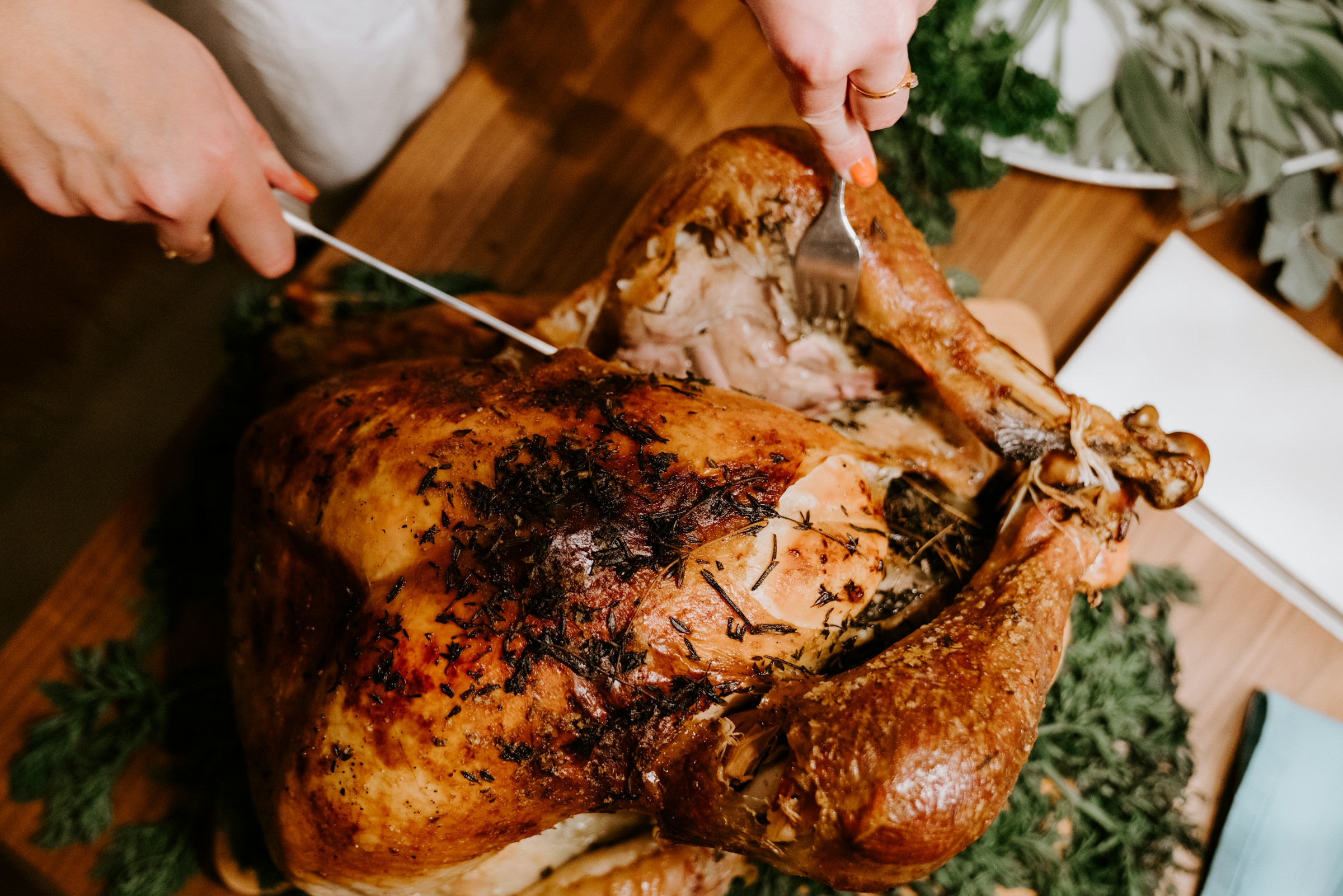Which Turkey came first. The fast answer is the country. The slower and far more interesting answer is that a New World bird ended up with a name that travelled through Old World markets, picked up a few wrong turns, and settled in English like a wayward souvenir. If you have ever stood over a holiday roast and wondered why an American bird shares a name with a Eurasian nation, you are not alone. The path from barnyard to border is a map of trade routes, misread labels, and the way ordinary shoppers reshape language without ever writing a dictionary.
Picture a marketplace in the sixteenth century. The stalls are thick with fabrics, spices, and things that feel exotic to a Londoner who has never left the island. What we now call globalisation lived in the fingers then, in the touch of glazed ceramics, in the sound of copper pans. Merchants threaded the Mediterranean and the Red Sea, tagged their consignments with places that meant trust, and watched goods carry names like hitchhikers. If a trader was known as a “Turkey merchant,” that was not a recipe note. It was a guild identity for English intermediaries who handled commerce through the Ottoman domains. Their wares might come from East Africa, Persia, or India. The label “Turkey” described the corridor, not the origin.
Now add a bird to this scene. Europeans already knew a speckled game bird that arrived through the same Ottoman-scented trade. It was the guinea fowl, native to Africa, sometimes called a Turkey cock in English markets because it came via that trade pathway. When Spanish ships later ferried a larger, wilder fowl from the Americas, its look and role felt adjacent. Poultry sellers and cooks do not run etymology seminars between sunrise and the evening meal. They reach for the closest word that gets a nod at the counter. The New World bird slid right into the old label. The English name stuck not because it was correct, but because it was convenient in the places where people actually spoke.
Meanwhile, the land we call Turkey had long carried its own names, first as the home of Turkic peoples and empires, later as the Ottoman state, and in modern form as the Republic founded in 1923. The English word “Turkey” descends from medieval references to lands of the Turks, themselves anchored in older ethnonyms and Latinised geographies. That vocabulary predates European contact with the American bird by centuries. In a naming sense, the country comes first. The bird’s English label is a historical echo of trade patterns, not a mirror of origin.
Language rarely travels in straight lines, and this bird might be its most charming zigzag. French speakers looked at the same creature and called it dinde, a contraction of poule d’Inde, the chicken of India, because Columbus’s error about the Indies left a long footprint on European maps and minds. In Portuguese, the bird is peru, a reminder that early shipments were associated with Spanish America rather than a tidy scientific map. In Turkish, the bird is hindi, which points toward India yet again. In Dutch, it is kalkoen, a word derived from Calicut, a port on India’s Malabar Coast that Europeans associated with pepper, cotton, and far reaches of trade. In Malay, people say ayam belanda, the Dutch chicken, because words follow power and presence, and the Dutch were very present in maritime Southeast Asia. In every kitchen, language remembered who arrived with ships and promises.
What makes this story feel so domestic is that it lives in the house. The moment you set a platter of turkey and talk about overseas relatives, you are speaking the same language that butchers and bakers shaped centuries ago. A word that began as a geography became a flavor. A trade route became a grocery list. If your home holds a small world map on the wall or a shelf of cookbooks with places in their titles, you already know how we turn distance into comfort. We keep souvenirs of contact, sometimes in porcelain and sometimes in syllables.
There is also a design lesson here, if you like your rooms with a bit of thought behind them. Names are like furniture: we inherit them, move them around, and occasionally decide a piece belongs in a different corner. When a country asks the world to use Türkiye in international forums, it is a recalibration of how it wants to be seen, like choosing a more accurate light for a familiar space. The word sets the tone, much like a terracotta lamp warms a living room differently than a cold overhead bulb. You do not need to police dinner conversation to notice the shift. You just need to understand that names are part of the texture of everyday life, as real as the linen napkin you rinse and line-dry for a softer feel.
The bird itself remains gloriously American, a native of forests and fields that long predate our labeling games. Indigenous peoples hunted and domesticated wild turkeys well before European arrival. The creature that has become shorthand for abundance owes nothing to Old World geography except the accident of a marketplace misname. There is a kind of homey poetry in that. The table centerpiece at an autumn feast carries a passport stamp it never applied for. It is a reminder that most of what we call tradition began as a series of convenient choices that were good enough to repeat.
If you cook, you have felt this truth in your hands. The pan you reach for the most is rarely the one with the fanciest story. It is the one that fits your stove and cleans up without a fight. Words behave the same way. In the tug between accuracy and utility, utility often wins. That is why the English language let the name wander from one bird to another and kept it there. It worked at the counter. It worked in the cookbook. It worked at the table. Over time, the misfit became the fit, and no one stopped to rewrite the label so long as dinner tasted right.
Still, there is value in knowing the path. When you learn that a turkey in Turkish is hindi, you notice how many European languages once pointed east to explain what felt unusual. When you discover that in Portuguese it is peru, you see how the Atlantic world changed Europe’s mouth and maps. When you hear Dutch speakers say kalkoen, you learn to listen for forgotten ports that still whisper in words. Each name is a breadcrumb that leads back to the way people moved, traded, and touched one another’s lives. The bird is a meal, but it is also a story about connection, real and messy.
This is why the question lands with such charm. It lets us stand in the kitchen and time travel without leaving the sink. You can hold a handful of herbs, turn them in the light, and imagine ships tucked with bales of cotton, bundles of cinnamon, and cages of birds that were strangers at first sight. You can hear a word bounce from stall to stall until it belonged to the thing everyone actually wanted to buy. You can feel, in a small and satisfying way, how households absorb the world and make it feel local.
For those who like to design their homes with intention, there is a gentle practice hidden inside this etymology. Pay attention to the names of your everyday objects and ingredients. Where did the word come from, and what journey did it take to arrive in your drawer or pantry? A label is a design choice you make every time you say it out loud. Calling a room a study or a den changes how you sit inside it. Calling a plant a pothos or a money plant might change how you care for it. Calling a bird a turkey changes nothing about its biology, but it reveals everything about the path between places and people. The stories behind names can be tucked into your home like the grain of a dining table. They ask to be felt as much as understood.
There is also a small kindness in honouring a name when it belongs to a place. If you have noticed more references to Türkiye in news and tourism, you have felt the world adjust its language to a country’s preference. You do not have to edit your grandmother’s recipe card to keep up. You can keep making gravy the way she taught you and, with the same easy grace, let a nation introduce itself the way it wants to be introduced. Language grows by hospitality. A guest tells you their name, and you use it. The rest is just learning to say it well.
So which came first. The country by centuries. The bird borrowed the name through markets that once braided continents into a single shopping street. The irony is delicious. An American native became an Old World word in English because merchants, not scholars, did most of the talking. If that feels untidy, remember that homes are laboratories of useful untidiness. We test ideas in our rooms. We choose what to repeat at our tables. We let the best habits win because they make life easier to live.
If you want a practical souvenir from this story, take it into your next small domestic ritual. When you set out spices, tell yourself where each name came from. When you fold the tablecloth, notice the weave and imagine the hands that learned it. When you shop, read the label not as a list, but as a passport. It turns the errand into a quiet lesson in connection. The most sustainable homes are the ones that teach us to value what we already have, to use things well, and to understand their place in a larger circle of life. Knowing the path of a word can be part of that care.
In the end, a name is a bridge. Sometimes it is precise. Sometimes it is a beautiful approximation that made sense in a busy marketplace. Either way, it carries us across the gap between unfamiliar and familiar. A bird on a platter. A country on a map. A household choosing how to speak about both with a little more curiosity. That is the soft power of language in everyday life. It does not ask for perfection. It asks for attention.
The next time someone asks at dinner, smile and say this is one of those questions where the kitchen teaches geography. You can share the short answer for the trivia lovers and the longer journey for the romantics. Then pass the plate and notice how the room settles when a good story and good food meet. What we repeat becomes how we live. Choose warmth, choose rhythm.






.jpg&w=3840&q=75)







